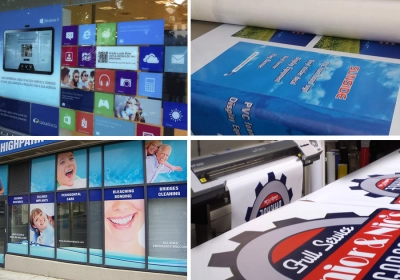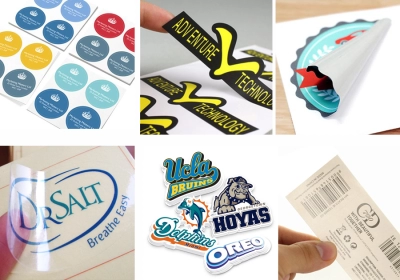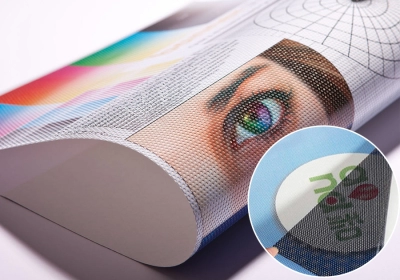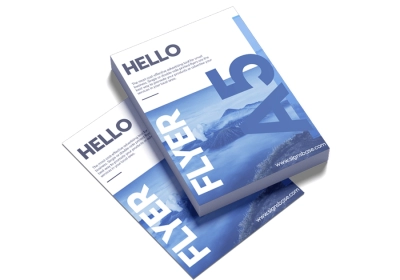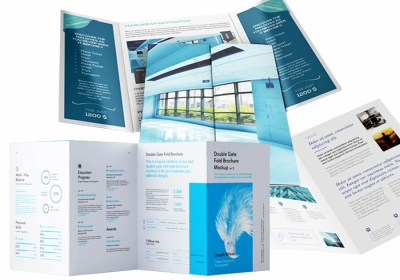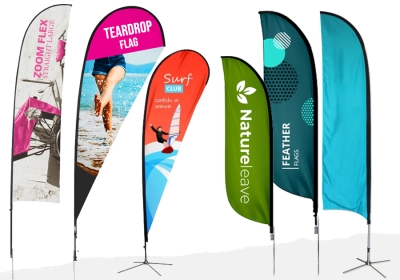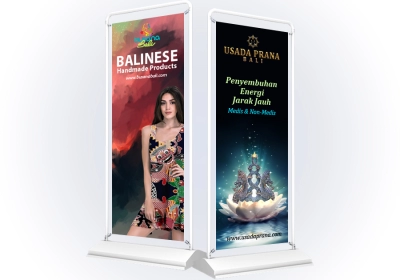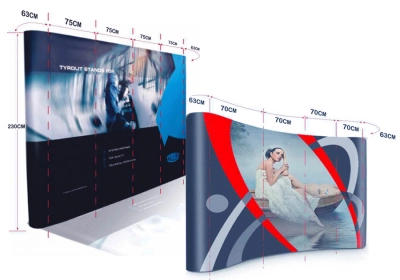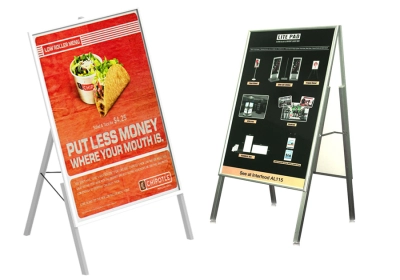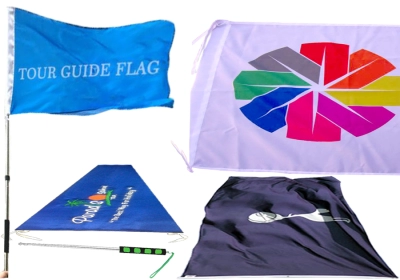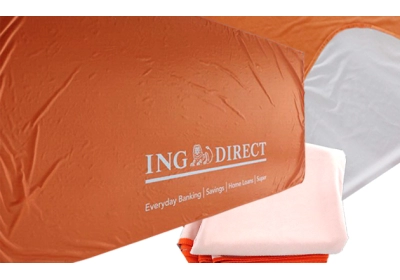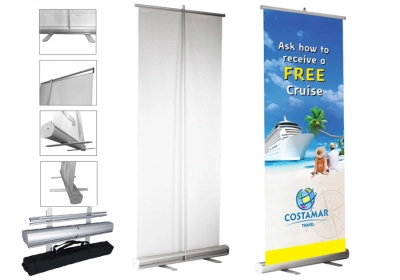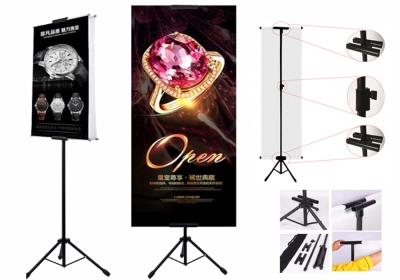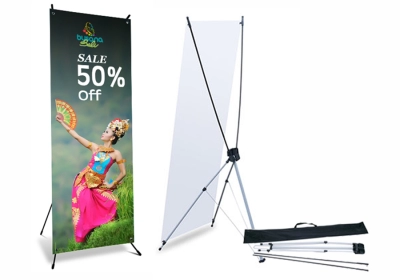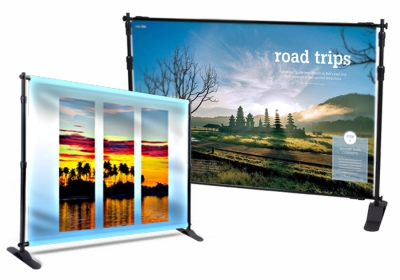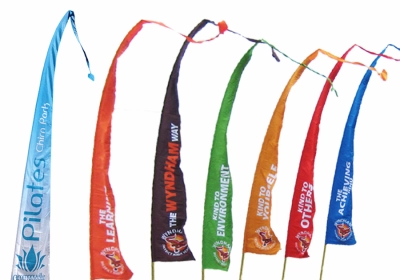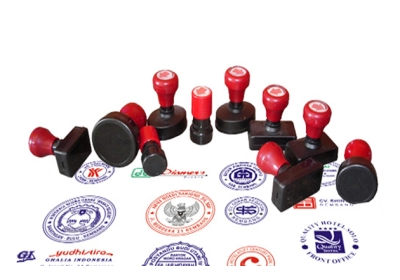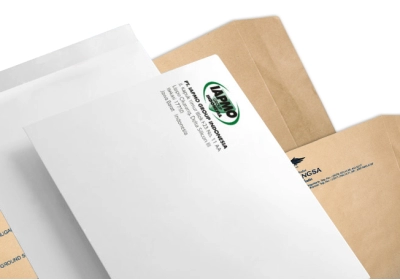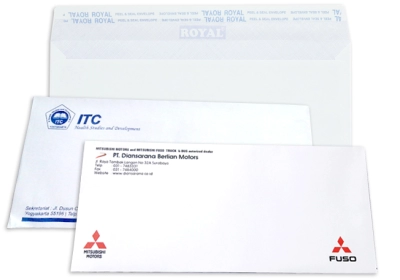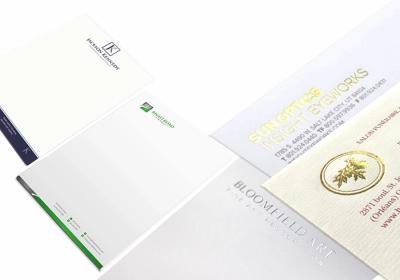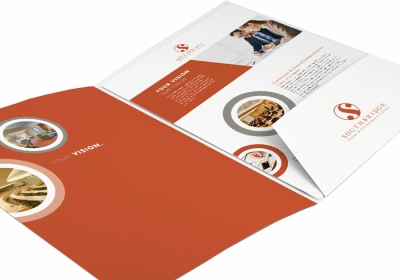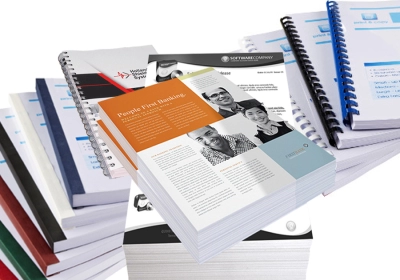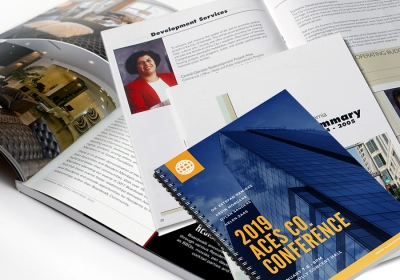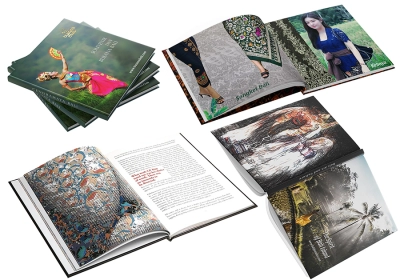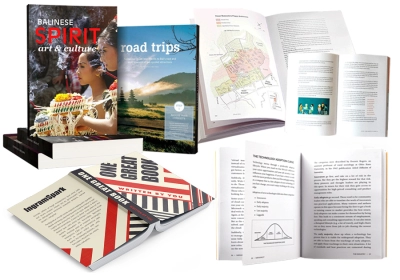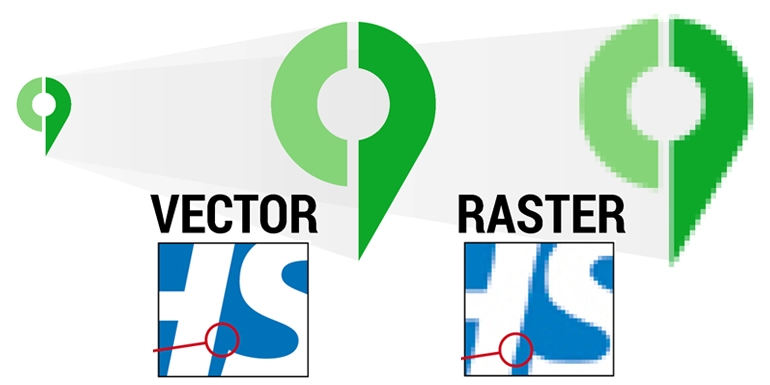
Vector vs Raster Graphics
Vector graphics make use of elements such as lines, curves, points, rectangles, polygons, circles, and arcs to create graphics using calculations from mathematical formulas. For example, the vector graphic of a tree will form an outline of a frame using a line segment, as far as the color of the tree is concerned, it will be determined by the color of the frame.
Vector graphics rely heavily on geometric characteristics, and can only be generated through the software. The main benefit of vector graphics is that is can be scaled up without loss of quality. Another benefit of using vector graphics is that the file sizes are smaller than raster or scanned files. Creating logos in vector software is particularly useful. A small file can be used for many purposes. The most commonly used software for creating vector graphics in CorelDraw and Adobe Illustrator. Some components, for example, text, created in InDesign or QuarkXpress will also work in the same way as a vector graphic.
Vector graphics are created with mathematical paths whereas raster graphics are pixel-based. Raster graphics can be created in a pixel-based software, such as Adobe Photoshop. Scanned images and photographic files are also raster graphics. While raster graphics can capture a wide range of colors, they do have disadvantages compared to vector graphics. Raster graphics are not scaleable. They need to be used at a specific size for each purpose. A raster graphic will pixelate if enlarged beyond certain parameters. Raster graphics also create much larger files than vectors. In the case of large format printing, for example, these can be enormous. Vector graphics are much more suitable for text and illustrations with flat colors.
A vector graphic can easily be converted to a raster image. It is more complicated to convert a raster graphic to a vector graphic, though it is possible.
Common file formats for vector artworks are CDR, AI, SVG, DRW, CGM, EPS, and XML format. Whereas raster artworks use BMP, JPG, GIF, PSD, TIF, and PNG formats amongst others.
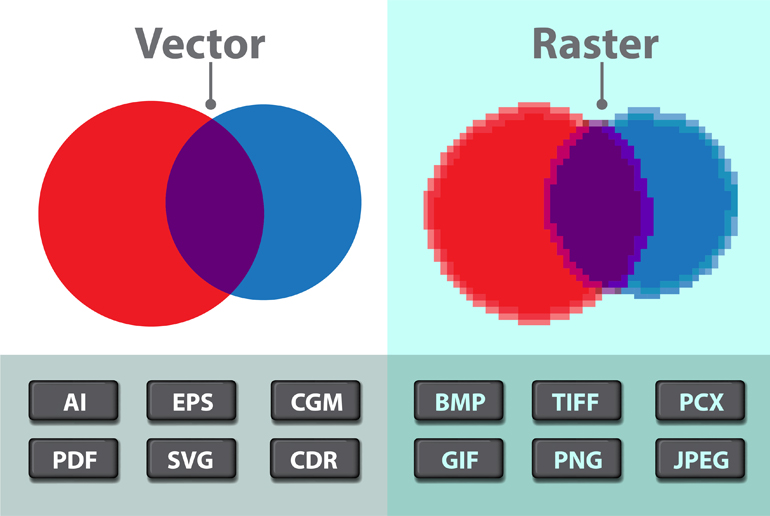
Which Software to Use for Different Formats
Adobe Photoshop is a pixel-based software only and is suitable for working with scanned and photographed images. It is perfect for retouching and anything involving creating or manipulating imagery. When working with Photoshop it is important to bear in mind the image size. It needs to be created at the largest size it will need to be reproduced. Adobe Photoshop is generally not suitable for text, however, it is possible to convert text to a shape which has vector properties.
Adobe Illustrator and CorelDraw are both specifically used for vector graphic creation. They both have the facility to import other forms of graphics so it can be used as a complete design program.
Adobe InDesign and QuarkXpress can be used to create vector graphics but are mainly used as page up programs. They allow the designer to import vector and raster graphics as well as having creative features. These two programs are particularly suitable for text-heavy jobs.
Tips about Creating Colored Text
The size and font style of text is important when selecting colors other than black. Printing presses can have very small variations in registration when operating at high speed. This is not noticeable with images, most graphics, and large, bold text. However, with small, fine or script style text, any slight misregistration is easily spotted.
To eliminate this, it is recommended certain guidelines are followed.
- Avoid colored text under 12point, use black only or a Pantone color
- If smaller, fine or script text is used, use a darker mix of color
- When using text over an image ensure the image is lightened so the text is legible.
- If text is white or lighter than a solid background ensure it is bold and large enough to be read easily.
How to Check Your Files
Once the PDF files arrive at the printer, they are pre-flighted before being processed. This software checks the PDF and highlights common issues before taking the job any further. One common issue is the use of raster graphics at too great an enlargement. The pre-press system is set to detect elements that will fall outside certain parameters. This is to save the job from being printed incorrectly.
A visual check without specialist software is to view the final PDF at 100% on your monitor. This will give you a reasonable idea if there are issues with specific graphics before printing. Adobe Acrobat has pre-flight capabilities built into it.

